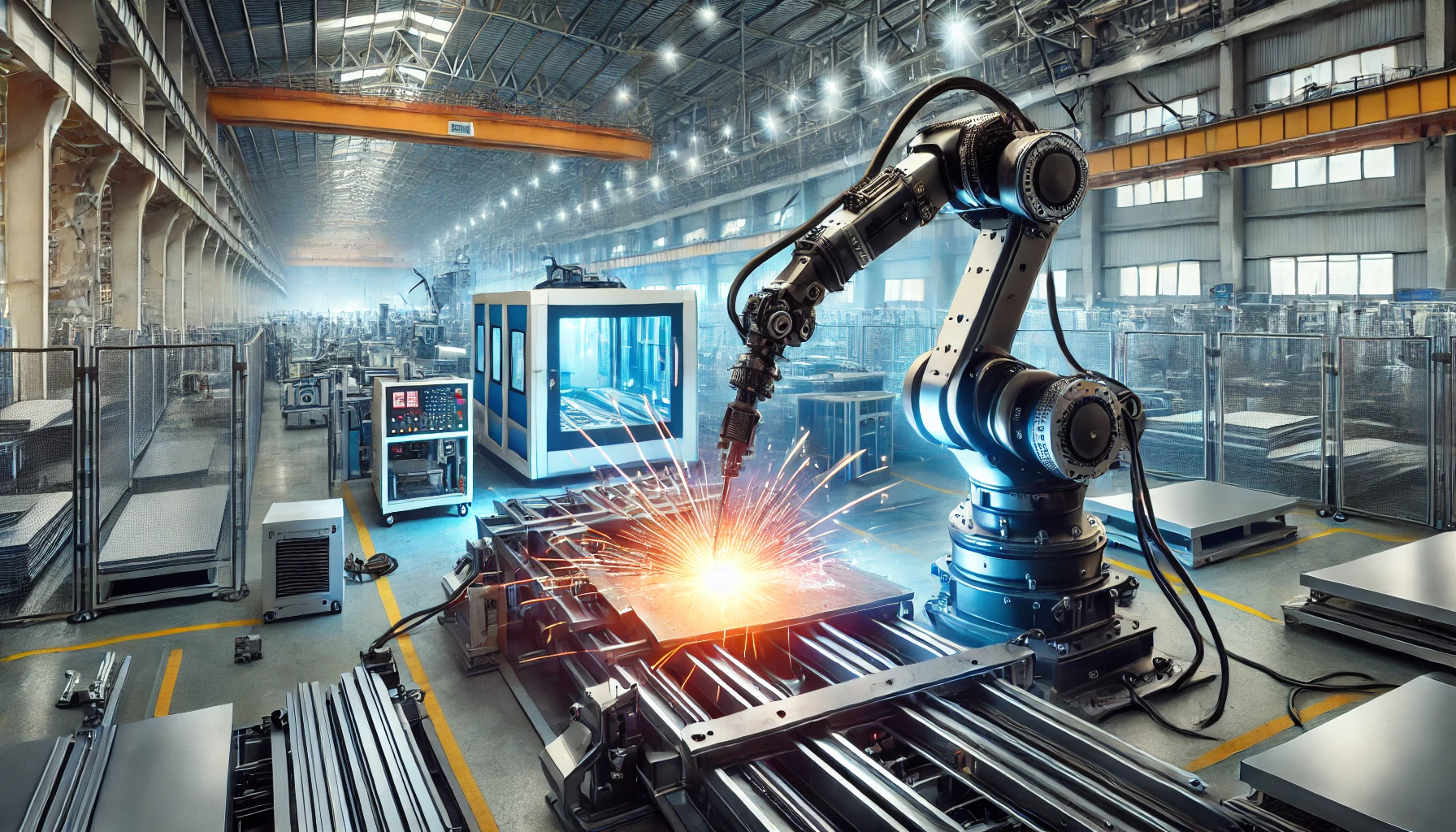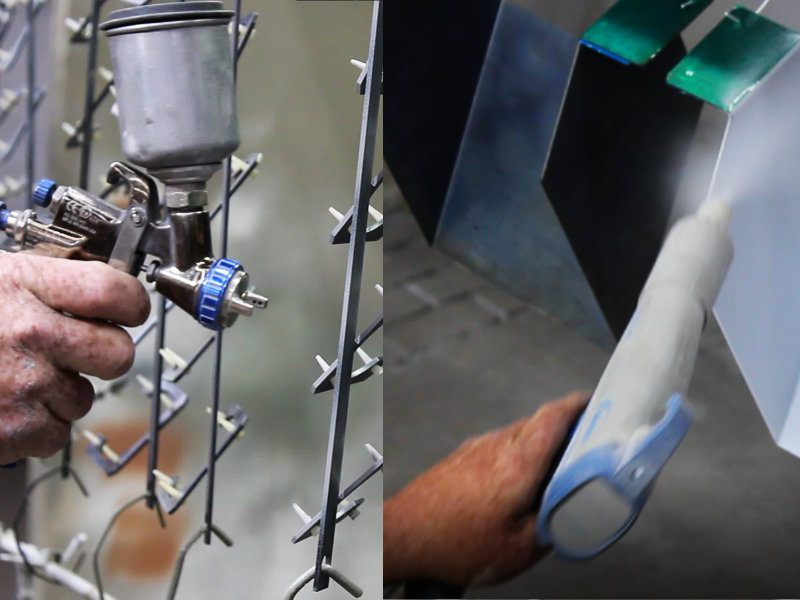The process of converting sheet metal to a car chassis isn’t obvious. It’s a combination of engineering ingenuity and complex metalworking processes. From the coils you see hauling in trucks to the finished products, there are intricate fabrication and finishing processes that happen behind the shadows.
Sheet metal finishing is the process of placing some type of coating on the metal surface. The purpose of metal finishing is to improve appearance and durability. Preparing the metal makes it ready for the finishing procedure. While there are many metal finishing options, the preparation procedures are the same. They include;
Degreasing
Degreasing is a mandatory procedure before surface treatment. During industrial processes, the use of oils and lubricants leaves metal parts with residues. Oil is the primary metal coolant and sticks on the surface after the cooling process. Since oil might affect the finishing process, removing it from the metal surface is imperative. The presence of oil can hinder aluminum anodization and other joining processes. Also, it can have an aggravating effect on durable coating.
Effective degreasing involves the use of special solvents known as degreasing agents. You can carry out degreasing using the liquid solvents or in the dry form. Dry degreasing involves the BIP process that acts under the physisorption process. Wet degreasing can include immersion baths, spray rinsing, or by use of steam.
Cleaning
After degreasing the sheet metal, it’s essential to clean it up. The removal of oil deposits from the metal involves the use of solvents that also have to be eliminated. Cleaning sheet metal after degreasing gives it good adhesion.
Any form of metal finishing must occur on clean metal. Whether you are planning to powder-coat or electroplate the sheet metal, removing all elements is penultimate.
The best way to clean a metal surface is by using a mild detergent or recommended commercial products. After cleaning, rinse, and wipe with a clean rag. Pressure washing is the most effective method for industrial metals. When cleaning, make sure you do not expose the metal to the wrong chemicals that might cause damage.
Pickling
This is a metal preparation process that removes impurities such as scale and rust from the surface. It’s common for sheet metal to have a layer of impurities after fabrication. Hot-rolling leaves metal surfaces with oxide layers that prevent the steel from obtaining a smooth surface. Pickling removes these impurities to prepare metal surfaces for both electrolysis and chemical reactions.
Pickling involves the use of an acidic solution known as pickle liquor. When preparing low-carbon steel, the pickle liquor might contain sulphuric and hydrochloric acids. On the other end, pickle liquor might contain nitric or phosphoric acid.
While not every type of metal has impurities, pickling might reduce other substances that might hinder finishing.
Polishing
Buffing and polishing are the last procedures when preparing sheet metal for finishing. Polishing is a rather simple process that involves the removal of imperfections through sanding. It gives sheet metal the ultimate perfection and a good look.
During polishing, an abrasive glued on the wheel is used to remove imperfections on the metal. After polishing, a loose abrasive is used in a process known as buffing. The primary purpose of buffing is to create a defect-free and a reflective surface.
The Bottom Line
If you want a fantastic finish on your sheet metal, preparing it is critical. It not only makes the product ready for a new coat but also adds an intrinsic value. Are you looking for smooth sheet metal fabrication and finishing? Contact us today, and we will be willing to help!
{{cta(‘1615cd3c-4bbe-4d95-8408-39a73e91a111′,’justifycenter’)}}




